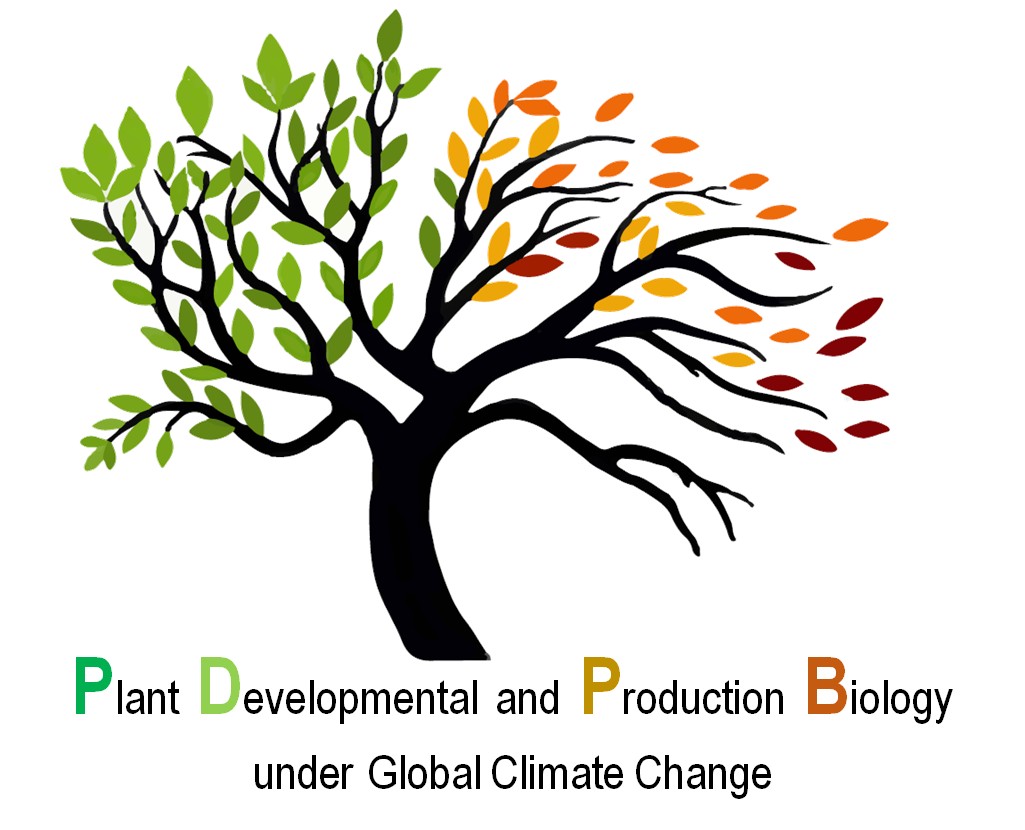| |
|
Non-invasive in planta Monitoring of Chlorophyll Biosynthesis
|
| |
|
Dobisova T. [a], Pytela J. [b], Koci R. [b], Panzarova K. [b], Balakhonova V. [a], Hejatko J. [a], Trtilek M. [b], Benedikty Z. [b]
|
| |
|
|
| |
|
[a] Functional Genomics and Proteomics of Plants, CEITEC - Central European Institute of Technology and National Centre for Biomolecular Research, Masaryk University, Brno, Czech Republic
[b] Photon Systems Instruments, Drasov, Czech Republic
|
| |
|
|
| |
|
Chlorophyll (chl) biosynthesis and accumulation belongs to one of the most important processes within photomorphogenesis. The rapid monitoring of this complex process is crucial for understanding the functional role of individual genes involved. We introduced a new method for in vivo realtime monitoring of fast changes in the endogenous levels of photosynthetic pigments of 4d-old etiolated Arabidopsis seedlings.
The dynamic conversion of protochlorophyllide (pchl) molecules to chl within the de-etiolation is analyzed and the relative pigment content is recorded every two minutes utilizing non-invasive fluorescence imaging. The instrumental platform is based on the fluorometer FluorCam, comprising a sensitive CCD camera synchronized with LED light sources and specialy selected emission filters for separate detection of pchl and chl fluorescence. The sensitivity of the CCD camera allow identifying objects as small as 0.5mm2, which in a combination with a software analysis allows tracking changes in the pigment composition on spatiotemporal level. Although this method does not provide exact identification of all the existing intermediates involved in pchl to chl conversion, the measured levels of both pigments correspond to the data obtained by HPLC analysis on the biochemical level.
Our approach allowed to detect several stages during first three hours of de-etiolation distinguishable by specific kinetic parameters. Furthermore, our data revealed so far unknown role of spectral light properties in the control of kinetics and the extent of pchl to chl conversion. That, together with the ability of realtime in-vivo imaging predetermines this method to become a powerful tool for analysis of factors controlling the delicate process of photomorphogenesis.
|
| |
|
|
| |
|
Supported by the Czech Science Foundation (15-22000S) and MEYS (CZ.02.1.01/0.0/0.0/16_026/0008446). |
|

